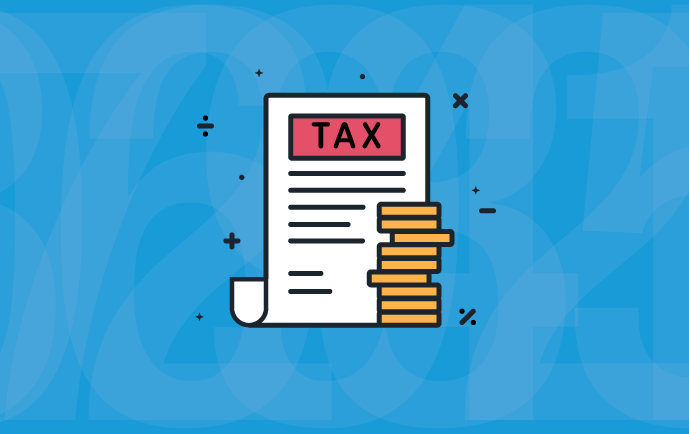How to calculate hypotax

You don’t need to be a tax expert to know that different countries tax individuals’ incomes at widely differing rates. Scandinavian countries are well known for applying marginal rates exceeding 50%, whereas Gulf states like Qatar levy no income tax at all.
When an employee goes on an international assignment they will most likely become subject to a new tax regime in the host country and the base on which tax is calculated is often increased by assignment-related payments and benefits. Home country tax liabilities may also continue. The approach companies take to taxation can therefore have a significant effect on the assignee’s overall remuneration package. Companies who ignore the difference in tax levels between two countries may find positions in high-tax locations hard to fill while low tax jurisdictions are oversubscribed.
To promote mobility and ensure equity between assignees globally, 75% of companies using a home-based approach to assignment pay employ a tax equalisation policy, according to ECA’s latest Expatriate Salary Management Survey. The home-based approach is intended to keep the link with the assignee’s home country to ensure they are no worse off when on assignment. Tax equalisation allows for employees on assignment to effectively pay the same amount of tax they would have paid had they remained at home. This ‘stay at home’ tax figure is known as hypothetical tax (or hypotax). Read more...


Please sign in or register for FREE
Sign in OR sign up to become a registered The Forum for Expatriate Management website user
Subscribe here